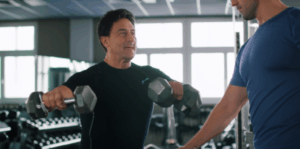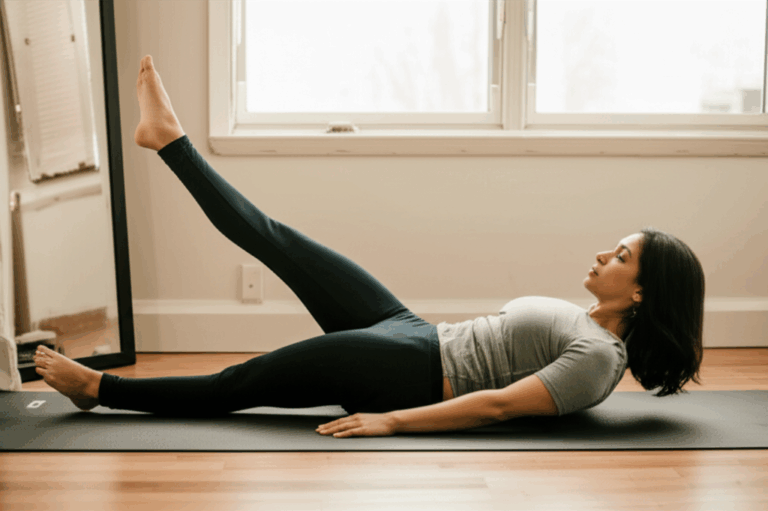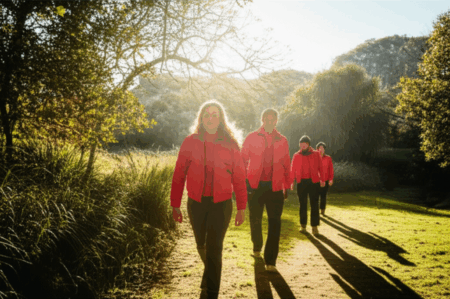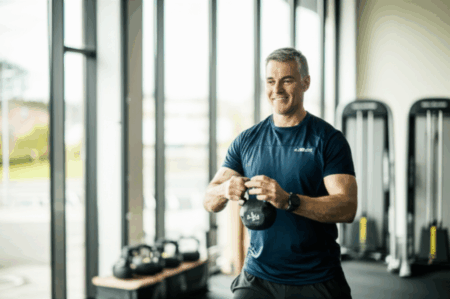In an era where convenience often dictates our routines, at-home fitness has soared in popularity, transforming living rooms into personal gyms. Pilates, a low-impact exercise method renowned for building core strength, flexibility, and mind-body connection, has found a natural home in this trend. Curious about its real-world effectiveness when practiced outside a dedicated studio, I recently committed to an at-home Pilates workout program. Here’s my honest take on the experience.
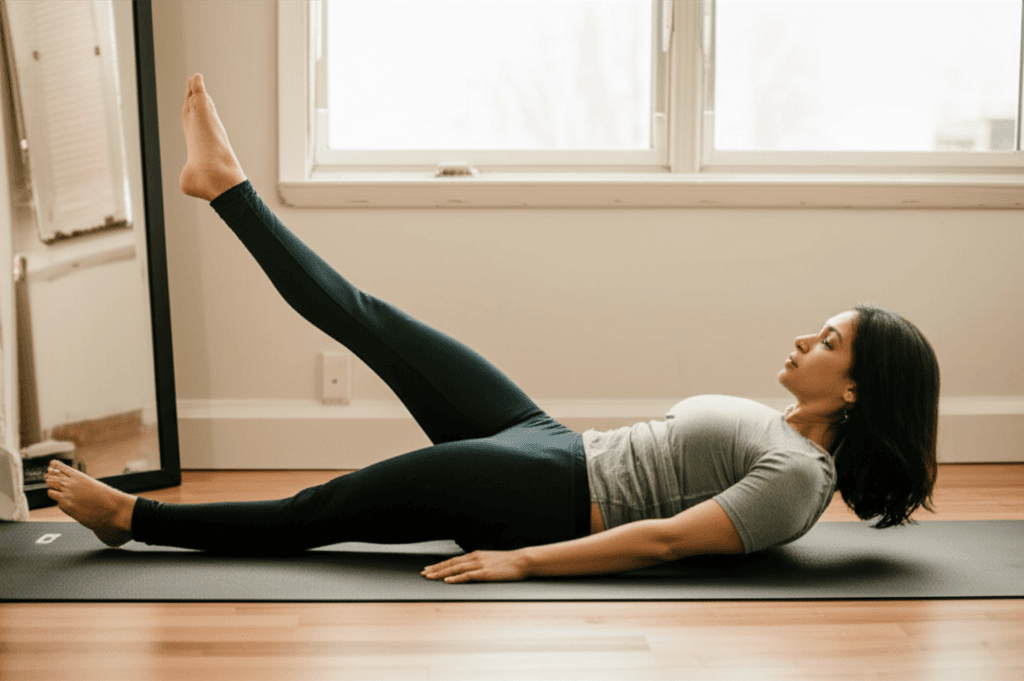
The Allure of At-Home Pilates: Why I Started
The decision to try at-home Pilates stemmed from a desire for a low-impact yet effective workout that could seamlessly fit into a busy schedule. Pilates promises benefits like improved core strength, flexibility, balance, posture, and even stress reduction. The idea of achieving these without commuting to a studio or adhering to fixed class times was highly appealing. Furthermore, online classes often prove more affordable than in-person studio memberships. As someone seeking to enhance overall body awareness and functional strength, Pilates seemed like the perfect fit.
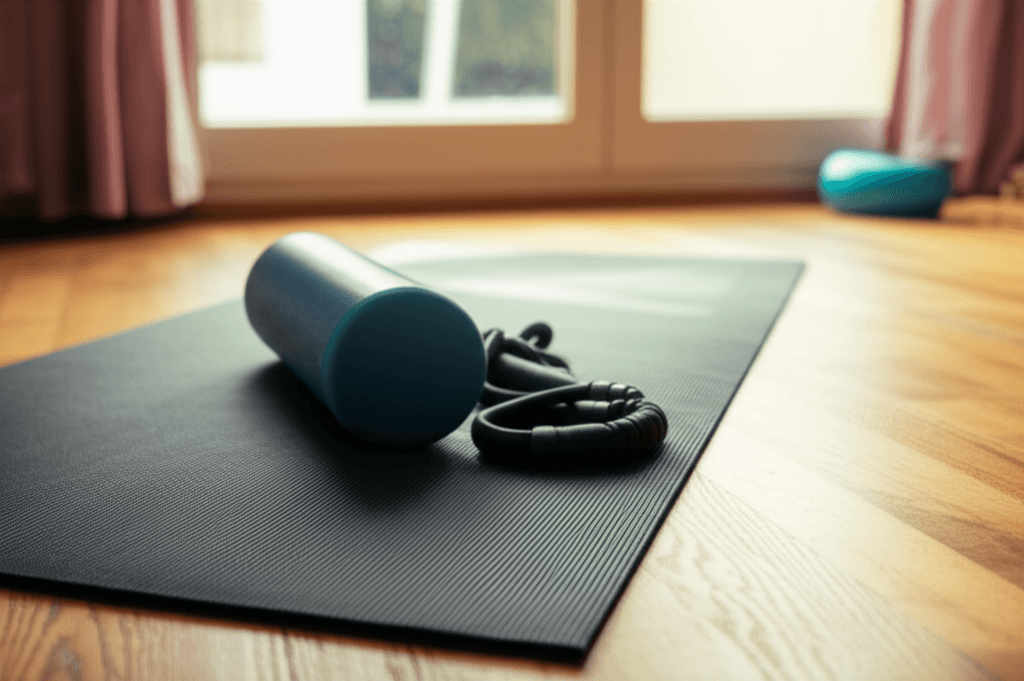
Setting Up My Home Pilates Sanctuary
One of the biggest advantages of at-home Pilates is its minimal equipment requirement. I started with just a good quality mat, which is crucial for cushioning the spine and joints during floor exercises. Pilates-specific mats are often thicker than standard yoga mats, offering more support. While many Pilates exercises require no equipment at all, I also decided to incorporate some small, optional props that are commonly recommended for enhancing workouts:
- Resistance Bands: These versatile tools can add resistance and challenge to movements, mimicking aspects of reformer Pilates without the large machine.
- Small Pilates Ball/Stability Ball: Affordable and portable, these can help engage deeper core muscles and add variety to exercises.
- Light Hand Weights (1-3 lbs): Useful for intensifying upper body and standing exercises.
My workout space was simply a clear area in my living room, ensuring enough room to extend my limbs without hitting furniture. Creating an inviting atmosphere, even with simple additions like music, helped set the tone for each session.
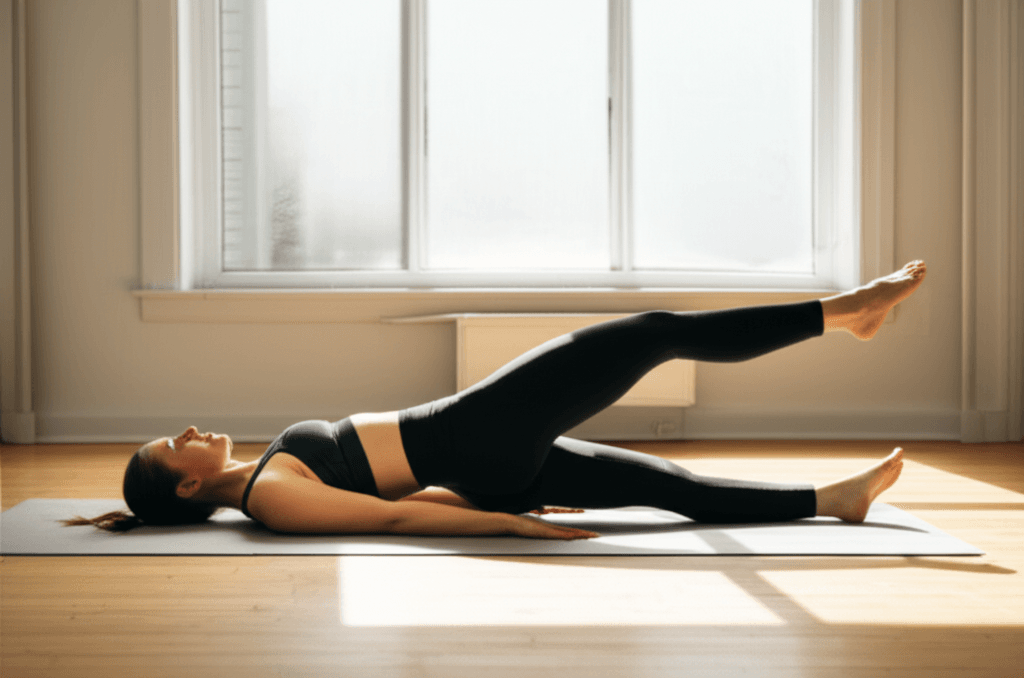
The Workout Experience: What I Tried and How It Felt
I opted for a subscription-based online platform that offered a wide variety of mat Pilates classes, ranging from beginner to advanced, and including sessions focused on specific areas like core, glutes, or flexibility. This variety is a key benefit of online platforms, allowing for a personalized routine.
The Initial Days: Focusing on Form and Fundamentals
As a beginner, the initial sessions were all about understanding the foundational principles of Pilates: breath control, concentration, control, precision, and centering. Many beginner Pilates workouts focus on essential moves like “The Hundreds,” “Single Leg Stretch,” and “Roll-Ups,” which are excellent for building a strong core foundation.
My first few attempts were a mix of concentration and occasional wobbles. Without an instructor physically present to correct my form, I relied heavily on the detailed verbal cues and visual demonstrations from the online instructors. It was a learning curve, emphasizing the importance of going slow and prioritizing correct form over speed or repetitions. I found myself frequently pausing the video to adjust my position, ensuring proper engagement of the deep core muscles rather than relying on momentum or larger muscle groups. This self-correction aspect is both a challenge and a benefit of at-home workouts.
Building Strength and Body Awareness
Over the weeks, consistency began to pay off. I noticed a significant improvement in my core engagement. Exercises that initially felt awkward started to feel more fluid and controlled. Pilates is known for targeting the “powerhouse” of the body—the abdominal muscles, lower back, hips, and glutes—and I could distinctly feel these areas strengthening. My posture, often a casualty of desk work, began to feel more aligned, and I noticed less everyday stiffness. The focus on controlled, precise movements and breathwork truly fosters a stronger mind-body connection.
I also appreciated the low-impact nature of the exercises, which was gentle on my joints but still delivered a challenging workout. Many Pilates exercises are compound movements, working multiple muscle groups simultaneously, leading to better balance, coordination, and endurance.
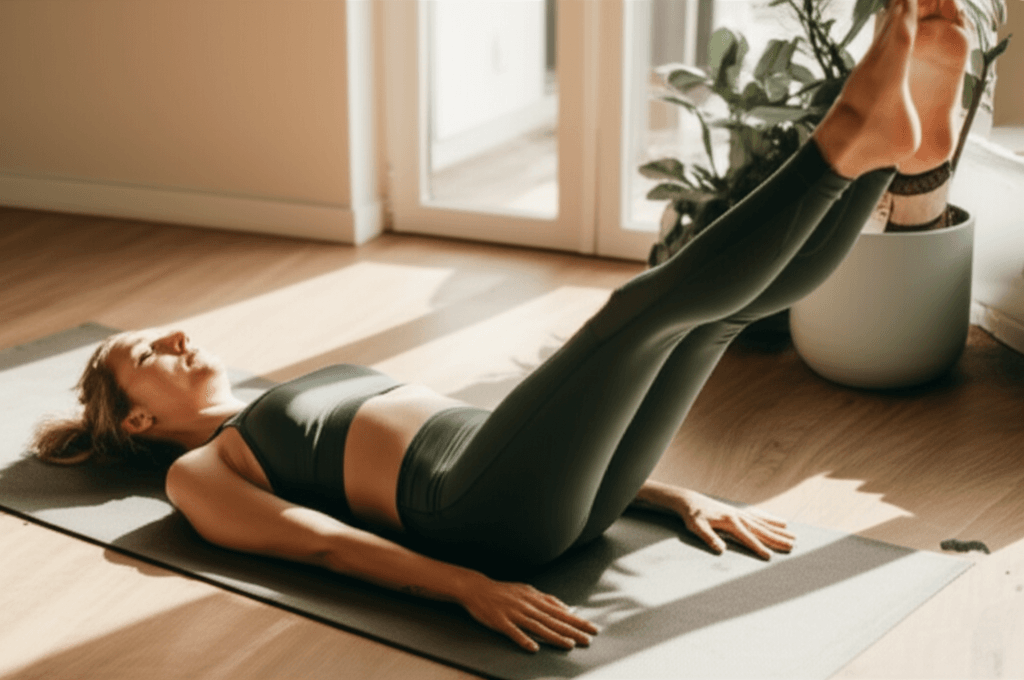
The Pros of My At-Home Pilates Journey
My experience highlighted several significant advantages of at-home Pilates:
- Unmatched Convenience and Flexibility: This was, hands down, the biggest pro. Being able to roll out my mat and start a session whenever I had a spare 20-60 minutes, without travel time or fixed schedules, was invaluable. It eliminated excuses and made consistency much easier to achieve.
- Cost-Effectiveness: Online platforms and subscriptions are generally far more affordable than studio classes, making Pilates more accessible.
- Privacy and Comfort: Working out in my own space allowed me to focus purely on my movements without any self-consciousness about my form or appearance. It created a non-intimidating environment perfect for a beginner.
- Personalization and Control: I could choose classes based on my energy levels, target specific muscle groups, and pause or repeat sections as needed to perfect my form. This autonomy fostered a deeper understanding of each movement.
- Variety of Content: Many platforms offer an extensive library of workouts, keeping routines fresh and challenging.
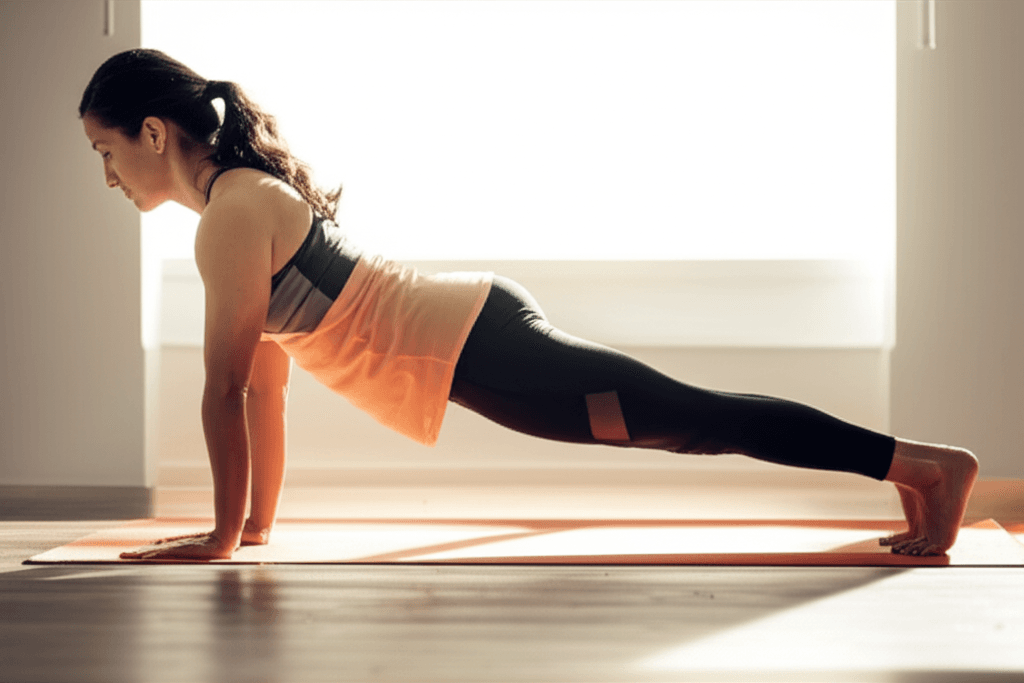
The Challenges and How I Addressed Them
While overwhelmingly positive, the at-home setup did present some hurdles:
- Lack of Direct Feedback: The absence of an in-person instructor meant I had to be vigilant about my own form. This is perhaps the most significant challenge, as improper form can reduce effectiveness or even lead to injury.
- Solution: I chose platforms with highly visual instructors who provided detailed cues. I also occasionally filmed myself to check my alignment and compared it to the instructor’s. For those with existing injuries or who are completely new to exercise, it’s highly recommended to take an in-person class first to learn proper form.
- Motivation and Accountability: Without a class to attend, it can be easy to procrastinate or get distracted by household chores.
- Solution: Scheduling my workouts like any other appointment helped immensely. I also discovered that connecting with online communities or friends doing similar workouts could provide a sense of shared commitment.
- Limited Equipment for Progression: While mat Pilates is highly effective, it doesn’t offer the same progressive resistance as reformer Pilates machines.
- Solution: Incorporating small props like resistance bands and the Pilates ball helped add challenge and variety, mimicking some aspects of studio equipment. For more advanced practitioners, dedicated strength training alongside Pilates is beneficial.
- Space Limitations: Even though Pilates requires minimal space, ensuring enough room for full body extension can be a consideration in smaller homes.
- Solution: Being creative with my setup and opting for exercises that didn’t require extensive lateral movement helped.
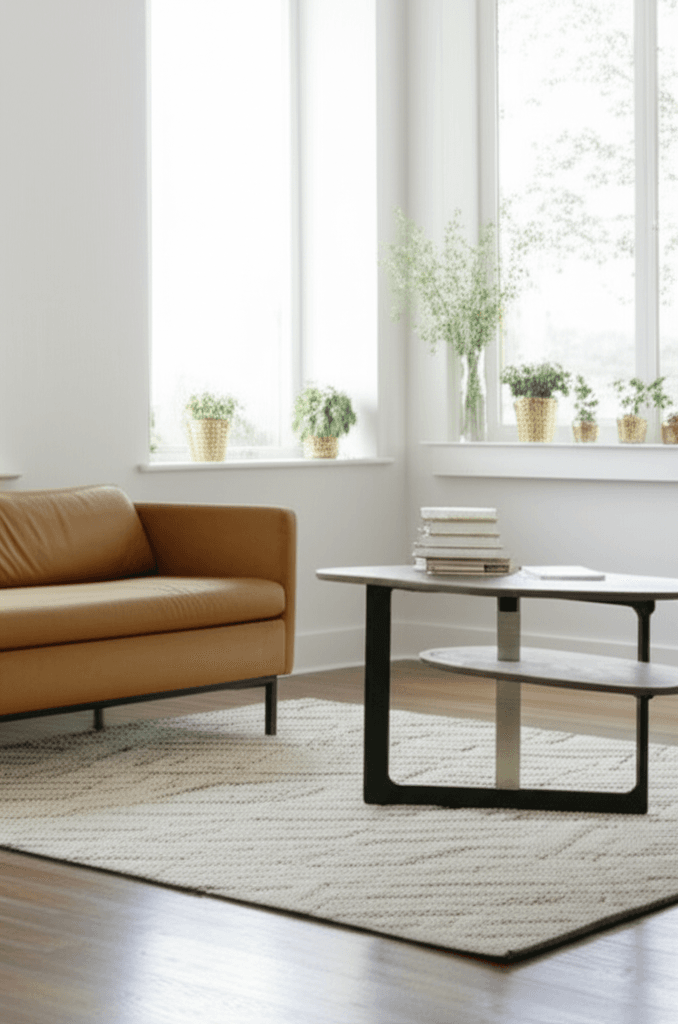
Final Verdict: Is At-Home Pilates Worth It?
Absolutely. My at-home Pilates journey has been a revelation. It proved to be a highly effective, accessible, and enjoyable way to build strength, improve flexibility, and foster a deeper connection with my body. The convenience and affordability make it a sustainable fitness option for almost anyone, regardless of their schedule or budget.
For those considering at-home Pilates, my advice is to invest in a good mat, choose a platform with clear and knowledgeable instructors, and commit to consistency. While a studio experience offers hands-on corrections and a communal atmosphere, at-home Pilates empowers you to take control of your fitness journey, proving that a powerful workout is truly just a mat and an internet connection away.



